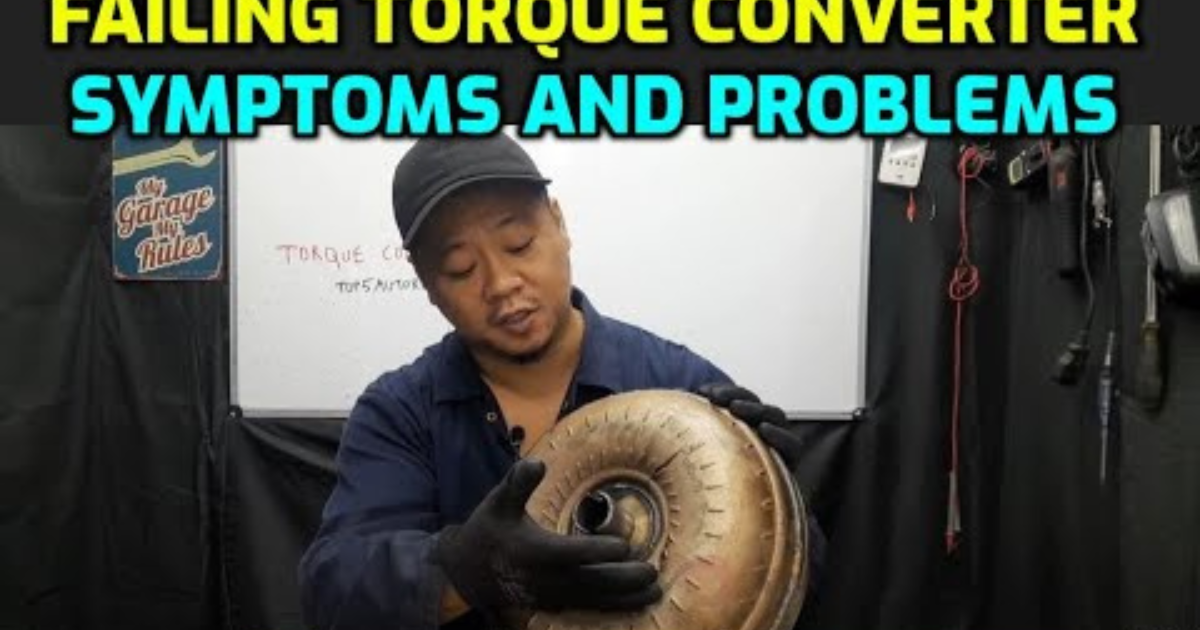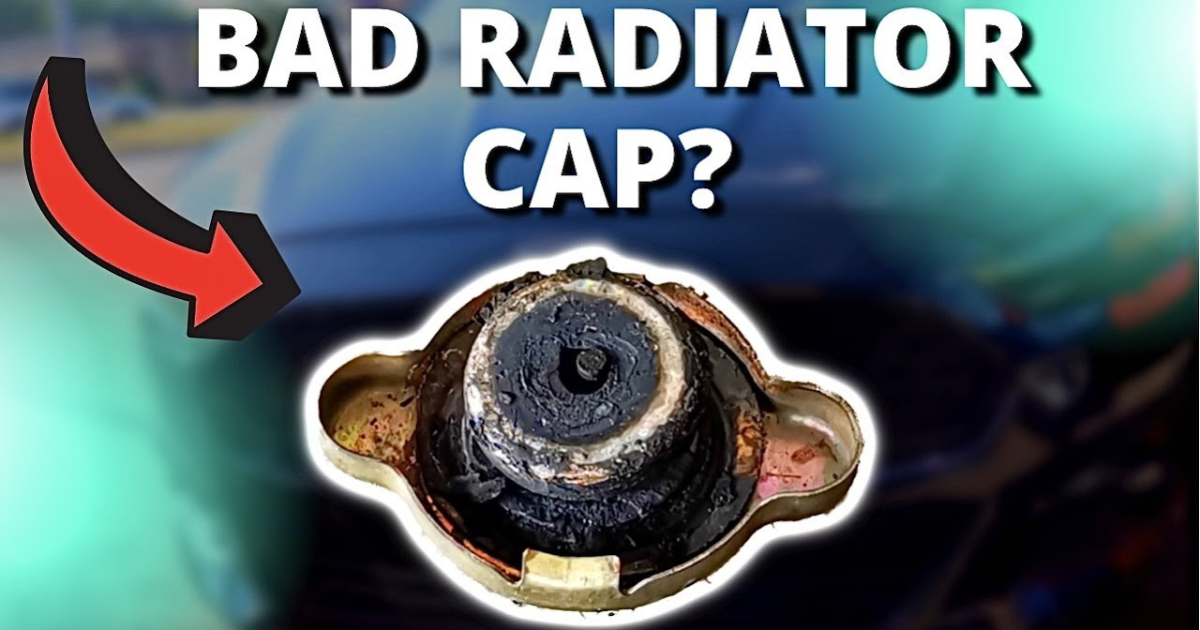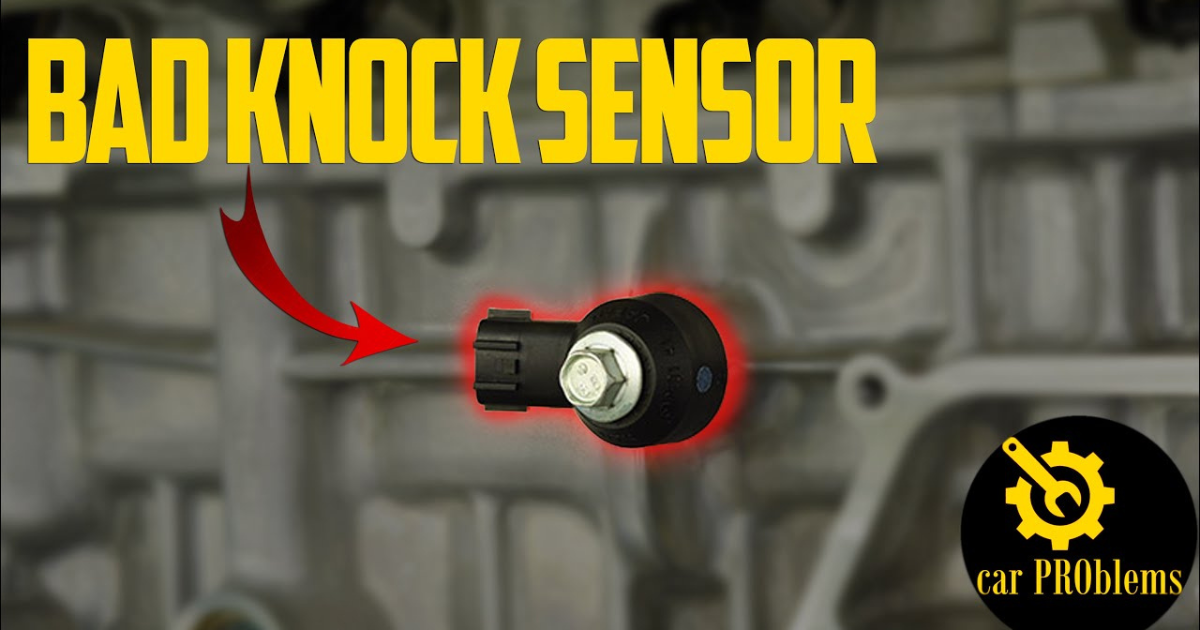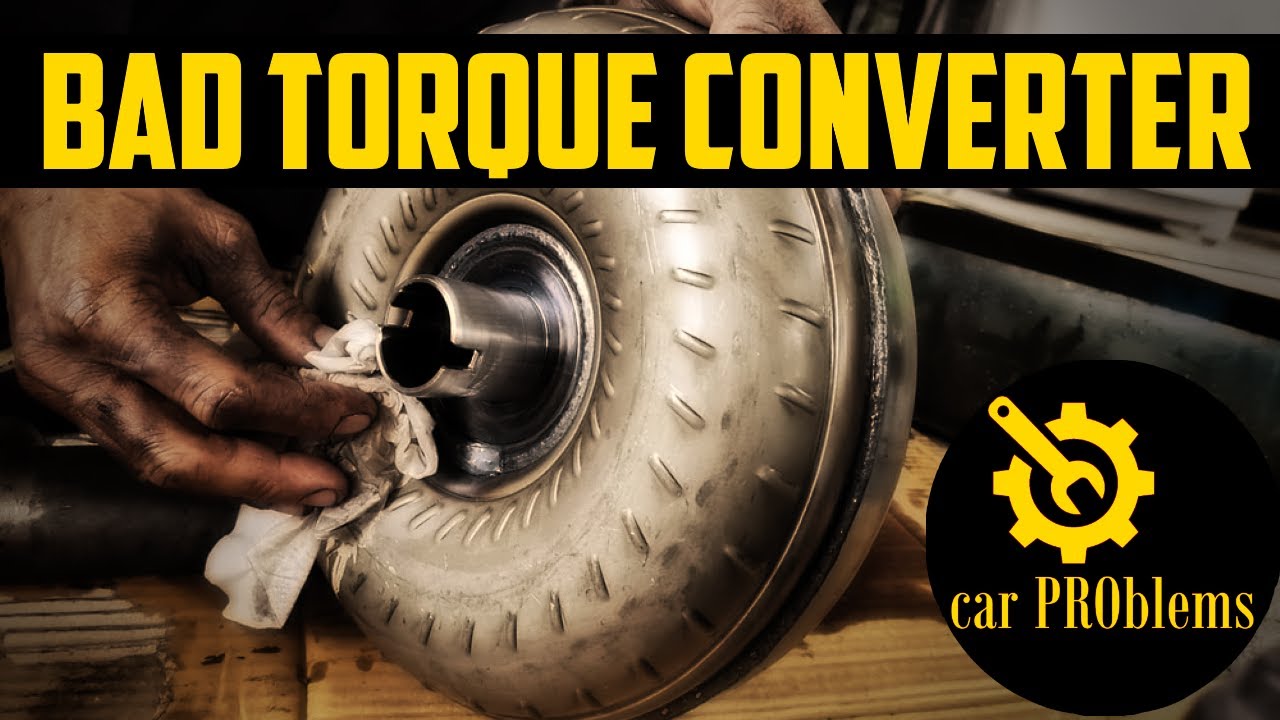The torque converter is a vital component in automatic transmission vehicles, responsible for converting rotating power into mechanical power. When it fails, it can lead to a host of problems that affect the vehicle’s performance and safety. In this article, we will discuss the symptoms of a bad torque converter, the causes of its failure, and how to fix and prevent these issues.
Symptoms of a Bad Torque Converter
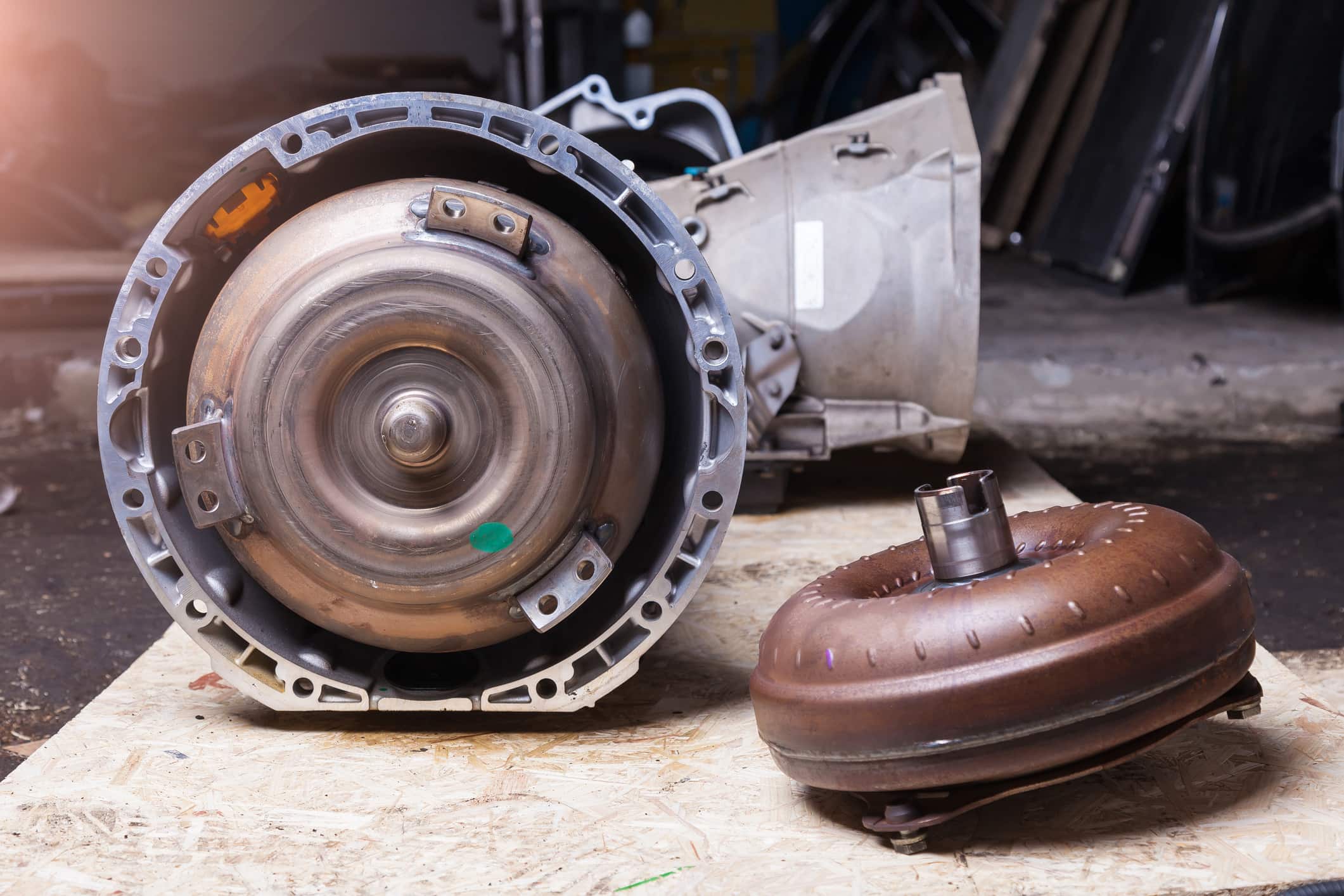
If you experience any of the following symptoms, it may indicate a problem with your torque converter:
- Gear Shift Problems
A faulty torque converter can cause soft or delayed gear shifts, resulting in rough and abnormal transmission shifts. This is often due to lowered pressure output. - Car Speed Problems
Inconsistent torque converter output pressure can cause sudden increases or decreases in vehicle speed. This can be dangerous, especially if it occurs while driving. - Shuddering
If your car vibrates or shakes while driving at speeds of 30 to 45 mph, it may be a sign of torque converter problems. This can feel like driving on a bumpy road, but the shuddering is not consistent. - Transmission Slippage
A bad torque converter may not manage fluid properly, causing gear slippage and low acceleration. This can also lead to decreased fuel economy and reduced transmission fluid levels. - Whining or Rattling Noise
A failing torque converter can produce a whining or rattling noise that sounds like a power steering pump with little or no fluid. This noise may increase when the transmission gears are engaged.
Causes of Torque Converter Failure
Several factors can contribute to torque converter failure, including:
- Excessive Friction
A damaged torque converter needle bearing can cause excessive friction, leading to failure. - Faulty Clutch Solenoid
A lousy clutch solenoid can prevent the torque converter from functioning correctly, causing it to fail. - Defective Seals
Defective seals can cause fluid leaks, which can lead to torque converter failure.
How to Fix Torque Converter Problems
Fixing a faulty torque converter typically involves dropping down the entire transmission and replacing or rebuilding the torque converter. However, there are some quick fixes you can try before resorting to this:
- Check the Transmission Fluid Level
If your transmission is shuddering or slipping, check your transmission fluid level. Low fluid levels can cause these symptoms. - Replace Damaged Seals
If low fluid levels are due to fluid leaks, find out why the fluid is leaking (usually a damaged seal) and replace it. - Clean or Replace Contaminated Fluid
If you find grits and grime in your transmission fluid, it indicates a more significant issue in the transmission or torque converter. Clean or replace the contaminated fluid to prevent further damage.
Prevention
Regular maintenance can help prevent torque converter problems. This includes:
- Checking Transmission Fluid Levels Regularly
Ensure your transmission fluid levels are always at the recommended level. - Replacing Transmission Fluid as Needed
Follow your vehicle manufacturer’s recommended schedule for replacing your transmission fluid. - Inspecting Torque Converter Seals
Regularly inspect your torque converter seals for damage or leaks.
